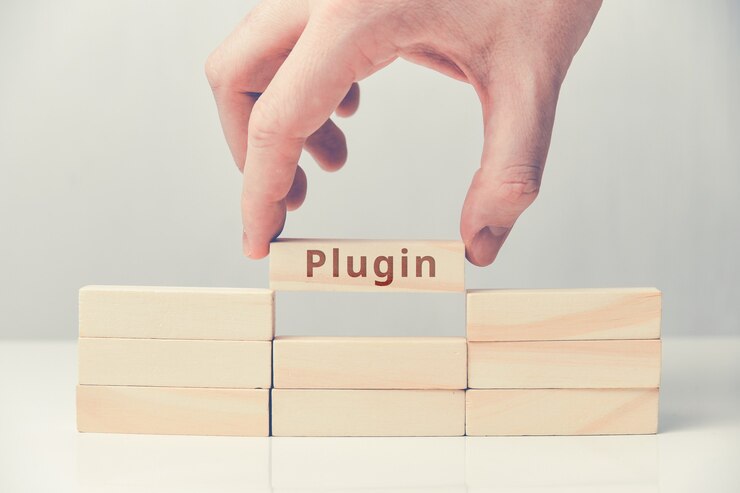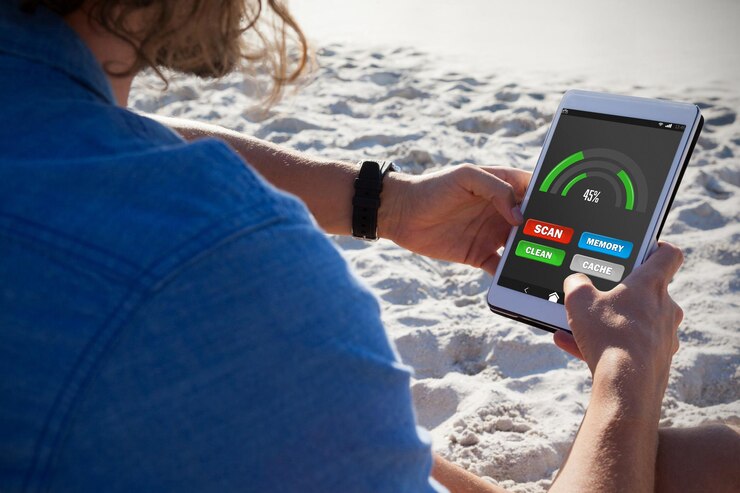

What if you could improve organic rankings, reduce your cost per acquisition and grow conversion rates across every marketing channel by just changing one part of the Digital Marketing Stack? A strong digital experience means a better user journey. Without an effort to maintain website speed optimisation and high customer satisfaction through positive digital experiences, businesses are fracturing customer loyalty.
Website speed optimisation can have a serious impact on almost every part of your marketing strategy, from keywords and landing pages to call-to-action buttons. How consumers interact with your website directly affects their overall perception, which in turn, is impacted by the way your site loads. All of this plays into Google’s fundamental understanding of what it needs to serve the user first.
.jpg)
An increasing number of companies incorporate website speed, user experience, website performance metrics and analytics into their marketing efforts. Online business owners agree that these factors contribute to the level of success your business has. For a company to grow successfully and attract customers, it must continue to adapt to the industry and keep up with changes such as social media platforms, new trends in development and evolving technology.
Ensure that your photos are mobile-friendly by optimising file size and dimensions. Some sites let you upload photos of any height or width, which is a fun feature, but it means the site has to resize your uploaded image to fit into a specific box on screen. In general, don't upload photos that are over 1200px by 1600px because they'll look fuzzy on mobile devices.
A web page can’t be interactive without the help of Javascript. Therefore, in excess of CSS, it significantly compresses your file size by only including functions when it needs to. On the other hand, CSS elements make for changing font types and colours, something that comes in handy very often. There are plugins that you install on your WordPress site. These plugins come with custom CSS and JS files that similarly also need to get compressed as much as possible so there is more room for important things like image files and video content.
Tips To Improve Your Page Load Time
To speed up the loading and transfer speed of your website, you can reduce file sizes by as much as 70% through GZIP file compression. What this does is reduce the number of bytes being transferred over networks to make websites load faster for website users. To enable GZIP compression on a server, you’ll need to use .htaccess configuration file so that any byte codes are created as gzip instead of static text.

When you have a site saved in one browser, it can then be retrieved from the browser cache when required. This is useful as often visitors to your site will be viewing the same pages and so if your website is loaded into the browser cache and then accessed by the same visitor later that information stored by the cache comes quickly. Caching is particularly useful for those sites which contain images that are repeatedly viewed by readers.
If you develop a WordPress website and are looking for a quick and simple way of website speed optimisation, then plugins can be used which allows you to boost your site performance by caching the most used resources. This means that any subsequent page loads will have the information readily available from local memory rather than having to read it over the internet.
Whether you're just starting out or have a large existing online presence, one thing that will guarantee better website speed optimisation and performance for your user base is to make certain that you are using the content delivery network.
Having too many plugins on your website can result in speed bottlenecks. Quite often online business owners and webmasters install a plugin to add any little functionality they need but instead of taking the time to code it properly, they choose instead to rely solely upon plugins for their needs. Although this increases overall productivity it also causes problems with website speed and overall load time. Go through all the plugins you have installed and make sure that you're only using those which are absolutely necessary for your continued operation, such as selling digital products or offering processing services.
At TransFunnel, we have a team of digital marketing experts that has established a reputation for delivering sustainable results to diverse business domains. Our extensive SEO process and a deep dive into your competitors’ SEO strategies identify methods that can boost your website speed optimisation, engage local customers by bridging gaps and continue the long march toward achieving your business goals.
If you need help with website optimisation, then feel free to reach us.